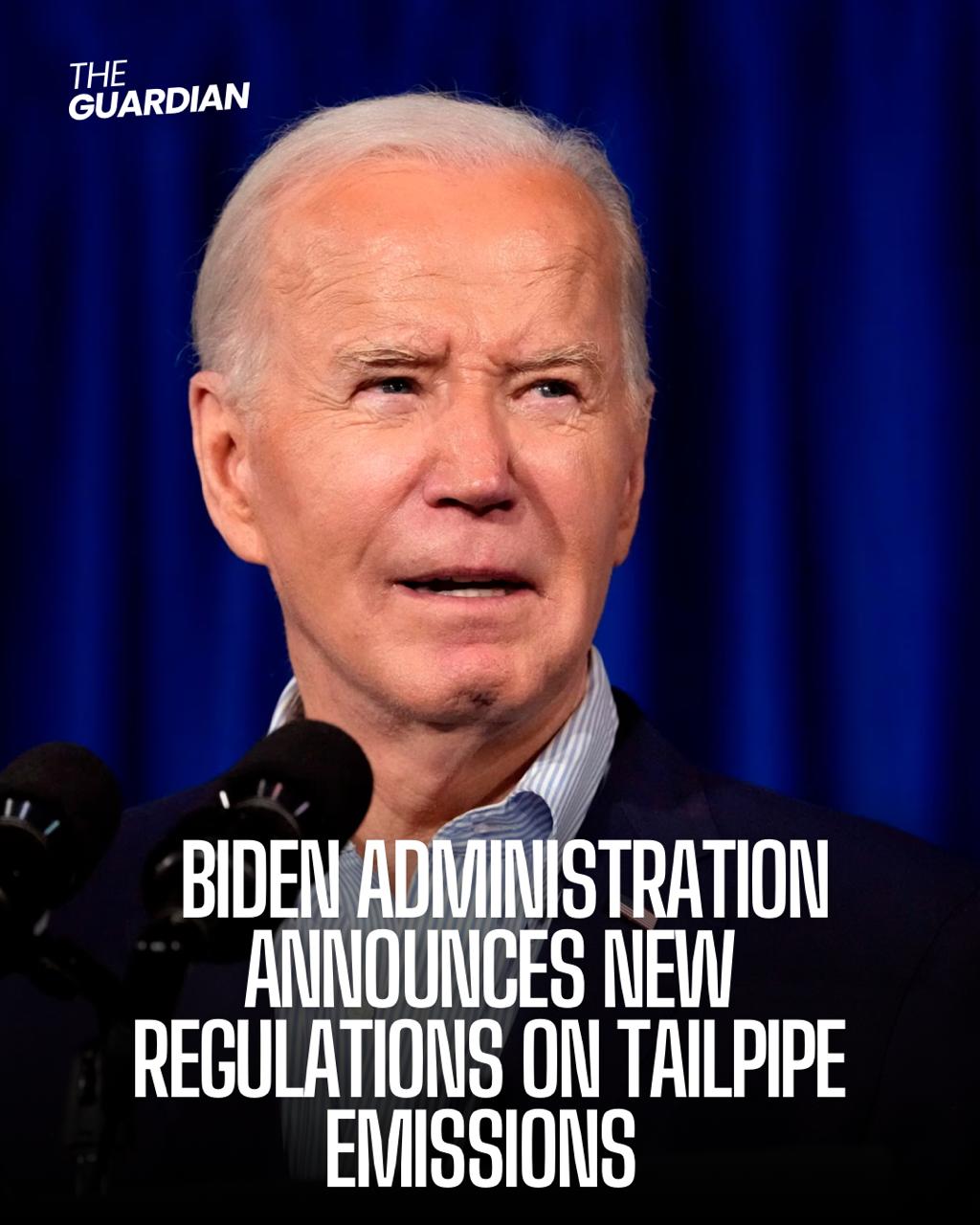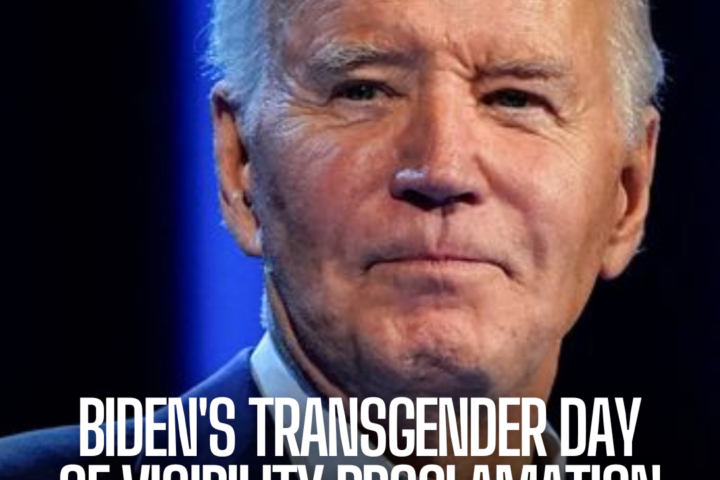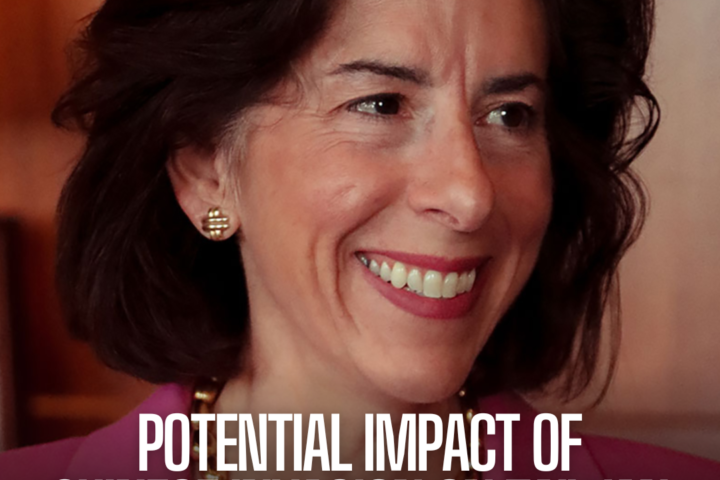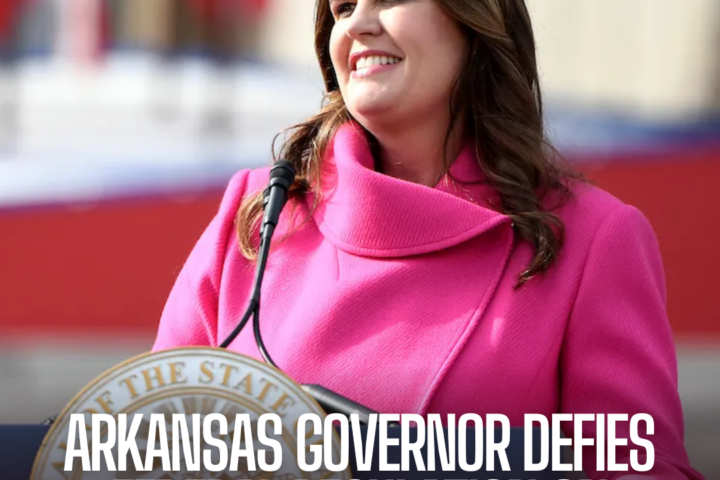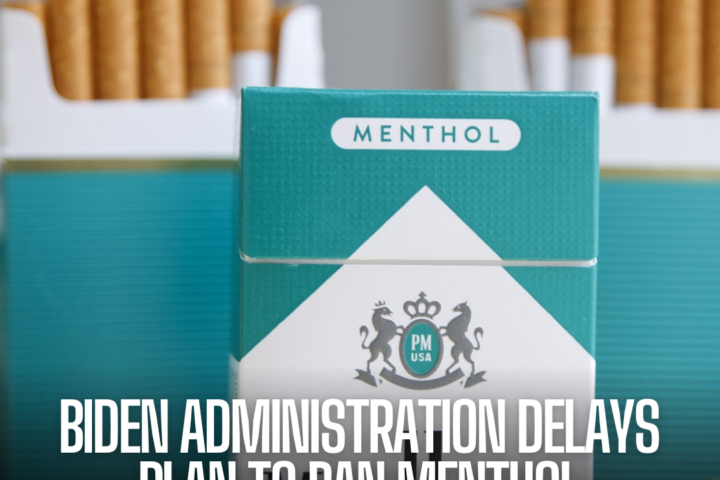By the time it is completely implemented in 2055, the law will have cumulatively reduced over seven billion tons of carbon dioxide emissions.
In a significant move aimed at reshaping the nation’s transportation sector, the Biden administration unveiled new regulations on Wednesday targeting tailpipe emissions.
The rule mandates a 56% reduction in fleetwide average carbon emissions by 2032, marking the strictest-ever limit on pollution from cars and light trucks in the United States.
President Biden’s Statement
President Joe Biden emphasized the importance of the new standards, stating, “Today, we’re setting new pollution standards for cars and trucks. US workers will lead the world on autos making clean cars and trucks, each stamped ‘Made in America.’ You have my word.”
Impact on Greenhouse Gas Emissions
Transportation stands as the largest source of greenhouse gas emissions in the US, with passenger cars and trucks contributing significantly to this pollution. The implementation of the new standards is part of the White House’s broader efforts to combat climate change.
Key Provisions of the Rule
Once fully implemented in 2055, the regulation is expected to cumulatively reduce over 7 billion tons of carbon dioxide emissions.
Additionally, it aims to address toxic pollution by reducing fine particulate emissions by 95% and emissions of NOx and volatile organic compounds by 75%.
Also read: Controversy surrounding Ruth Bader Ginsburg awards
Changes to the Final Rule
While the final rule maintains the target of a 56% reduction in fleetwide average carbon emissions by 2032, it includes adjustments compared to the initial proposal.
Specifically, the tightening of pollution standards between 2027 and 2030 will occur at a more gradual pace, aligning with requests from auto manufacturers and the United Auto Workers (UAW).
Response from Auto Manufacturers and UAW
The United Auto Workers, in particular, has advocated for revisions to the Environmental Protection Agency (EPA) standards to ensure they do not disproportionately affect domestic union auto production.
The adjustment to the pace of stringency aligns with these concerns, acknowledging the potential impact on jobs in the auto industry.
Conclusion
The introduction of these new regulations represents a significant step toward reducing emissions from the transportation sector and combating climate change.
By setting stringent standards for carbon emissions from vehicles, the Biden administration aims to foster a cleaner, more sustainable future while addressing concerns from key stakeholders in the auto industry.

